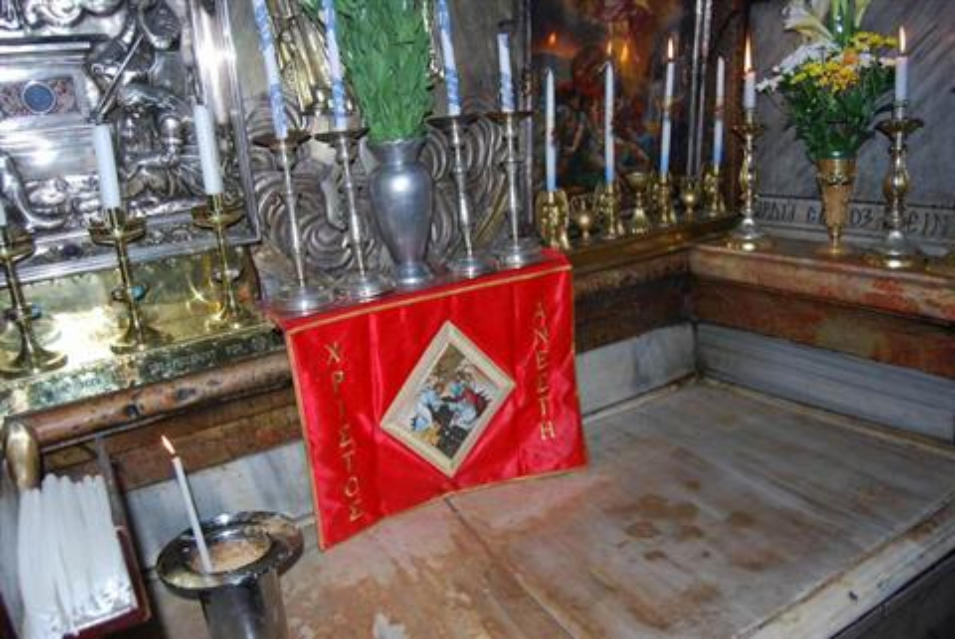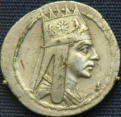

Armenian Jerusalem



for the first time in 200 years

aster
in
Jerusalem
in
2016
is
bound
to
go
down
in
history
as
one
of
the
most
memorable
the
Holy
Land
has
experienced
in
decades,
following
the
momentous
announcement
of
plans
to
renovate the tomb of Jesus, located in the Holy Sepulchre Church, after a 200-year hiatus.
The
news
has
been
greeted
with
widespread
acclaim
throughout
the
Christian
world,
troubled
as
it
is
by
the
prevalent
feeling
of
insecurity
and
spiritual
anguish
in
the
wake
of
the
horrendous wave of terrorism gripping our planet.
"About time," one Facebook subscriber commented.
"Our
congregations
need
regular
such
shots
in
the
arm
to
rekindle
their
faith,
and
arm
them
against the evils of the world," one priest confided.
"Hallelujah Jerusalem!" proclaimed another believer.
The
announcement
by
the
three
Guardians
of
the
Holy
Places,
the
Greek
Orthodox
and
Armenian
Patriarchates
and
the
Franciscan
Custodia,
indicated
a
welcome
breach
in
the
unending
impasse
that
has
hampered
restoration
work
at
dangerously
crumbling
portions
of
the
Holy
Sepulchre,
centre
of
pilgrimage
for thousands of Christians every year.
The
new
development
reinforces
the
conviction
that
the
three
Guardians
have
succeeded
in
burying
their
differences
sufficiently
to
assert
they
are
ready
to
begin
the
restoration
work
at
the
tomb
at
the
earliest opportunity.
The
tomb
of
Jesus
lies
within
an
enclosure,
the
Edicule,
that
sports
a
number
of
long
openings
in
its
wall:
it
is
from
one
of
these
holes
that
the
miraculous
holy
fire
bursts
out
into
the
world
on
the
Saturday
before Easter.
Work
is
scheduled
to
start
within
weeks
with
completion
expected
by
the
end
of
the
year.
Armenian
renovation
experts
will
be
in
the
vanguard
of
the
team
that
will
undertake
the
painstaking
work.
The
University of Florence is also expected to field its own experts.
This
will
be
the
first
time
in
over
two
centuries
that
the
Edicule
is
being
refurbished.
The
last
time
such
an enterprise had been launched was in 1810, following a destructive fire two years earlier.
According
to
the
Greek
Patriarchate
of
Jerusalem
the
decision
to
embark
on
the
restoration
project
was
based
on
the
recommendation
of
a
team
of
specialists
from
the
National
Technical
University
of
Athens
who
arrived at their conclusion following a technical examination of the structure.
The
action
has
been
spurred
by
reports
from
the
architects
who
are
also
to
take
part
in
the
work,
of
structural
damage
to
the
building
caused
by
condensation
from
the
breath
of
the
thousands
of
pilgrims
who
visit the church every year.
This is leading to a deterioration in the fabric of the mortars.
The
report
also
cited
the
use
of
lighted
candles
that
cause
a
great
deal
of
thermal
stress
on
the
marble
used in building the Edicule.
It
is
understood
that
the
Edicule
will
be
dismantled
piece
by
piece
so
the
damaged
parts
can
be
replaced.
The
church,
one
of
the
most
venerated
spiritual
edifice
for
the
whole
of
the
Christian
world,
will
remain
open for worship as the restoration progresses.
While
no
estimate
of
the
cost
of
the
repairs
is
available,
it
is
understood
that
the
three
Guardians
will
bear the major load with contributions from other denominations that share custody of the church.
The
announcement
is
of
particular
ecumenical
significance
because
it
puts
an
end
to
the
inertia
gripping
the
Guardians
and
breaks
the
impasse
that
has
prevented
them,
for
years,
from
moving
ahead
with
vital
restoration works within the church.
"Things
have
not
been
made
easy
with
each
of
the
various
churches
placing
a
sometimes
conflicting
interpretation
of
the
1853
status
quo"
that
governs
relations
among
them
all
and
sets
down
in
minute
detail
the
principles
and
parameters
of
demarcation,
responsibilities
and
jurisdiction
over
the
holy
sites
in
the
Holy Land, according to a local historian.
The
status
quo
came
into
force
following
the
issue
of
a
"firman"
(decree)
by
the
Ottoman
overlords
grown
weary
of
the
unending
turf
battles
among
the
various
Christian
denominations,
that
often
resulted
in
physical violence.
However,
the
fact
that
the
keys
to
the
only
entrance
to
the
church
have
been
entrusted
for
safekeeping
to
two
non-Christian
families,
the
Nusseibehs
and
Judehs,
has
somewhat
helped
ease
further
tension.
The
practice
is
said
to
stem
back
to
a
decision
made
by
the
Caliph
Omar
who,
after
entering
Jerusalem
in
638,
had
rejected
his
generals'
entreaty
to
pray
inside
the
Holy
Sepulchre,
as
would
have
been
their
right
as
conquerors.
Instead,
Omar
had
picked
up
a
stone
and
flung
it
as
far
as
he
could,
telling
his
men
to
pray
where
it
landed.























